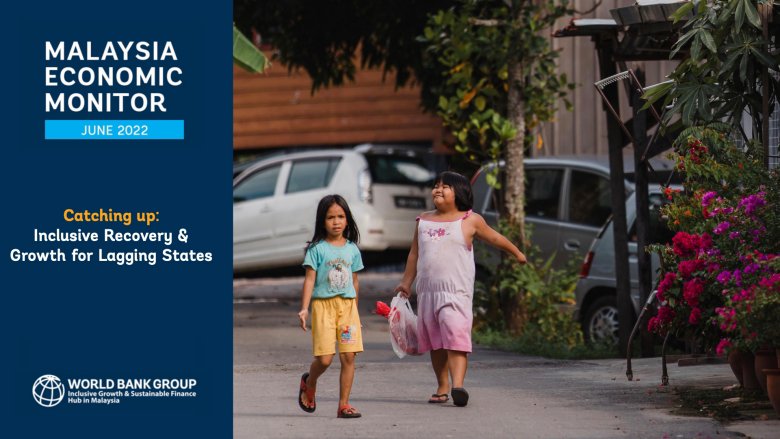MalaysiaˇŻs economy is on an upwards track to recovery from the pandemic following a successful vaccination drive and the full withdrawal of movement restrictions.
- The economy is projected to expand 5.5 percent in 2022, driven mainly by a strong rebound in consumption.
- MalaysiaˇŻs labor market is improving, with the unemployment rate decreasing from 4.3 percent in Q4 2021 to 4.1 percent in Q1 2022.
- To further sustain recovery, a key priority for Malaysia is to address the economic impact of COVID-19 by gradually rebuilding fiscal buffers through increased revenue collection and greater spending efficiency.
While there is a surge in growth, external headwinds and global uncertainties pose a challenge and add to the countryˇŻs downside risks.
- Global growth is expected to decelerate to [3.2] percent in 2022 (2021e: 5.7 percent) due to spillovers from the war in Ukraine, fading pent-up demand, and reduced macroeconomic support amid high inflation.
- Regional growth is projected to decelerate to [5] percent in 2022 (2021e: 7.2 percent), with slowing activity in China impacting the rest of the region.
- An unpredictable global environment contributes to significant downside risks. These include: spillovers from the war in Ukraine, renewed outbreaks of COVID-19 in China and subsequent lockdowns, a domestic resurgence of COVID-19, increased vulnerability among affected Malaysian households and businesses, relatively high levels of household and corporate debt, increased fiscal risks, and the risk of an uneven recovery across states in Malaysia.
Policies introduced during this early stage of recovery must strike a balance between fiscal consolidation and ensuring sufficient social protection for lower-income groups to support inclusive growth.
- Most Malaysian businesses have recovered from the impact of the pandemic to a significant extent, but economic recovery among households has been slow.
- In the short term, financial support for the poor and vulnerable should continue. This includes a more inclusive social insurance framework with improved targeting.
- The continuation of cash assistance programs to support financially disadvantaged households will provide safety nets and much-needed protection from economic shocks.
- If implemented well, and absorbed by employers, the increase in minimum wage from RM1,200 to RM1,500 a month would help boost incomes and raise living standards.
The reportˇŻs special topic highlights obstacles limiting growth in states which are at the lower-end of development compared to the rest of the country. Providing fiscal emphasis to these regions is integral for comprehensive national growth.
- Kedah, Perlis, Kelantan, Sabah, and Sarawak, were identified as states which require urgent attention by the measure of lowest average income/highest poverty rate.
- One major impediment faced by these states is their lower levels of human capital development.
- Some barriers to growth in these states could be addressed through closer partnership between federal and state governments, alongside increased efforts to improve stability and transparency.
To foster and sustain inclusive growth beyond the recovery period, several medium to long-term measures can be introduced to ensure shared and equitable development across households and regions.
- Enhanced active labor market policies are required to reduce youth unemployment and encourage more women into the labour force.
- The current Multidimensional Poverty Index (MPI) which is set too low, can be upgraded.
- A comprehensive and detailed policy framework needs to be formulated to directly address the challenges faced by lagging states.


